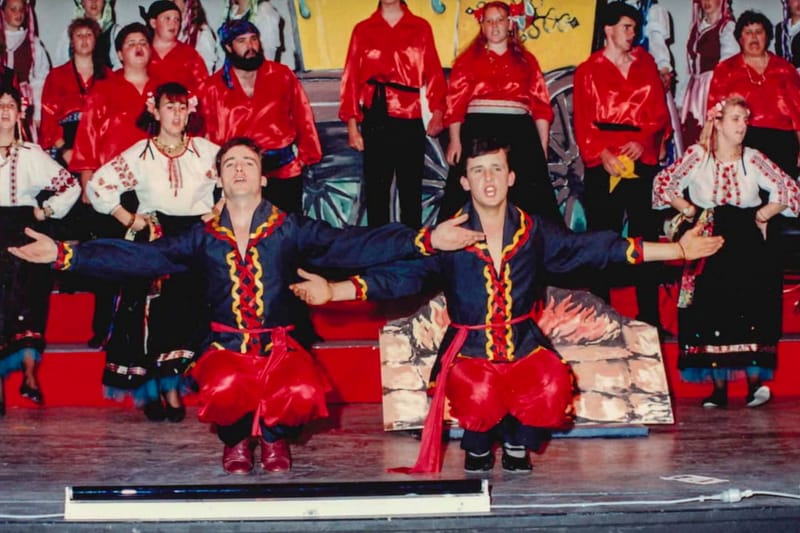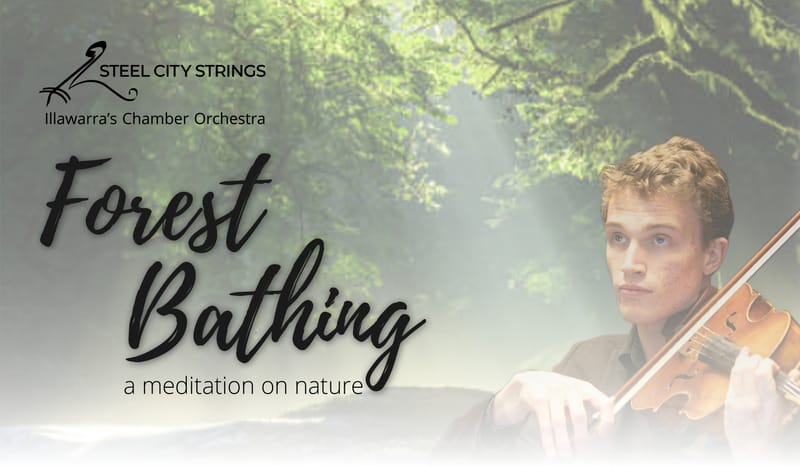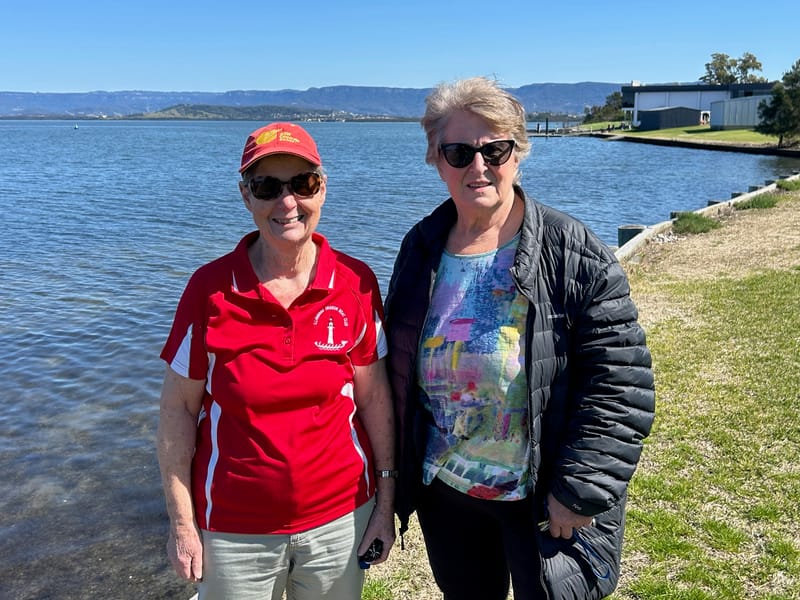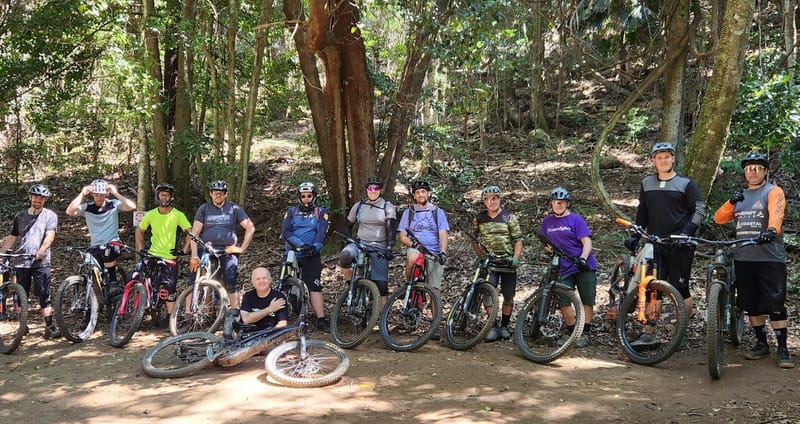Adoption rates have fallen, but greyhounds still need a home
As many people sought companionship during pandemic-driven isolation, animal adoption rates soared. Over the 2019-20 financial year, over 40 per cent of dogs received by the RSPCA were rehomed – a peak figure for the organisation – followed by 35.9 per cent in over the 2020-21 financial year.
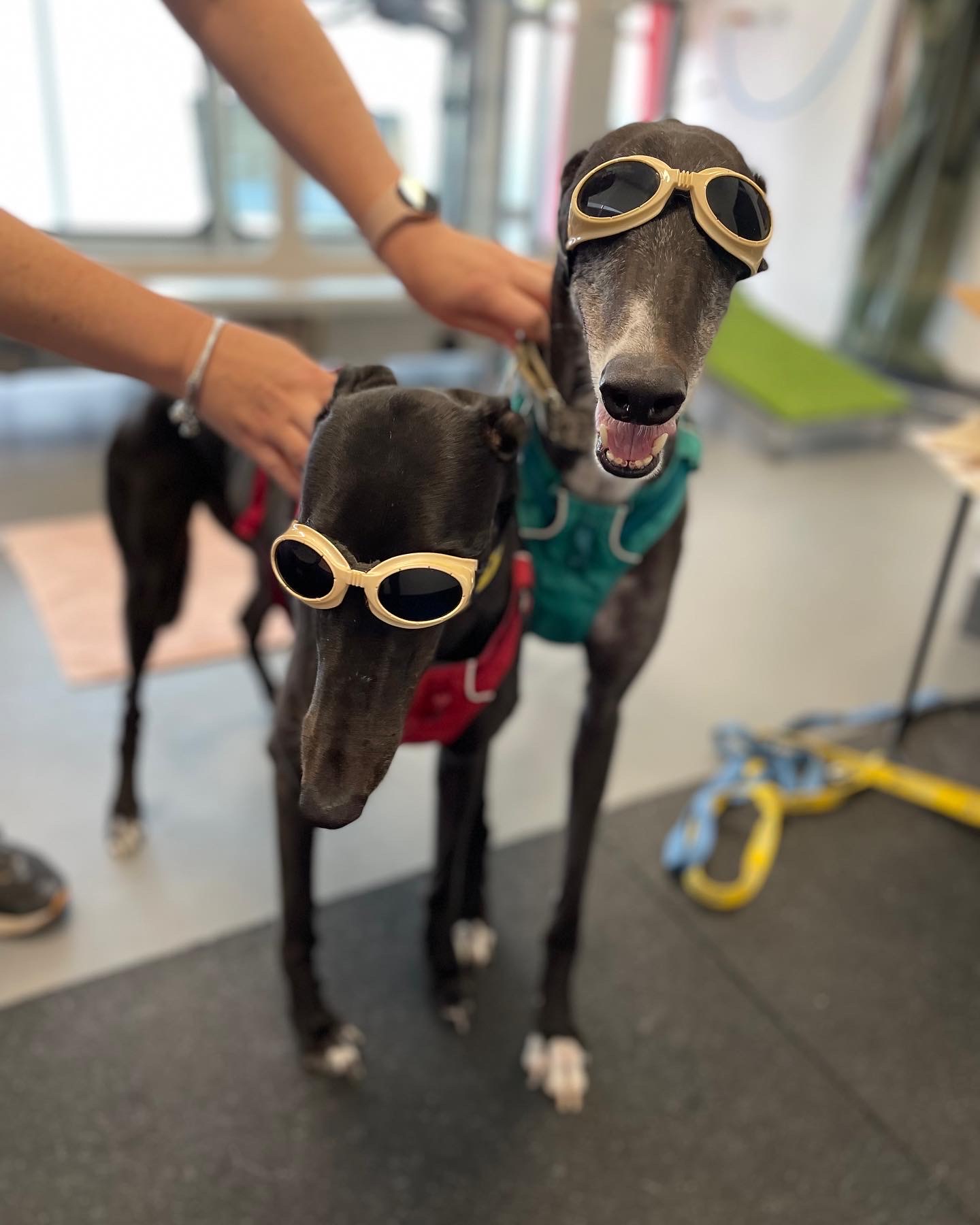
As people sought companionship during the pandemic, animal adoption rates soared. During the 2019-20 financial year, the RSPCA rehomed a record number of dogs. But now things have changed.
“Adoption rates for animals across the board has really, really plummeted post-Covid, so in that sense we're fighting a bit of an uphill battle,” said Nat Panzarino, president of Greyhound Rescue, a not-for-profit rehabilitation and rehoming organisation based at Greysland in Bargo.
In 2021, Greyhound Rescue rehomed almost 250 greyhounds. Last year, they rehomed 122.
“I've spoken with colleagues at the RSPCA and the AWL [Animal Welfare League], and a bunch of other organisations as well, and they're finding the same thing – that adoption rates are really, really low compared to the past few years," Nat said.
“We're finding as many homes for them as we possibly can, but unfortunately, at the moment, across the entire industry, adoption rates are down.”
Holly Lattin is BirdLife Australia's urban bird program manager and a Greyhound Rescue volunteer. She lives in Albion Park with her two greyhounds, Bob and Abby, who was adopted about 18 months ago.
"My husband and I have been greyhound owners for a very long time. I think we got our first boy over 15 years ago now, so they've been our dog of choice for a long time," she said.
Holly believes the cost of living and common misconceptions about the breed may be behind the declining number of adoptions.
“It certainly is slowing down a lot, which is really, really sad.
“I can understand why that happens… people don't necessarily have the money now; there's struggles with having to rent, finding a rental means it's harder to adopt a dog.
“With the history of being racing dogs, there's the assumption that they need a lot of exercise, which they absolutely do not. There's always a variation in the spectrum, but my guys are very happy with a nice short walk around the block a few times a week, and that does them quite easily.
“I think there's also the preconception that they will chase everything down, and some of them do have prey drive, but it's about understanding that dog and working with them. I've got one who, yes, has prey drive and would like to chase anything little and fluffy, but I've got one that will happily hang out with chickens and loves every animal that he meets.”
Holly was impressed with the considered pairing process at Greyhound Rescue.
“They really pride themselves on matching the dogs to the right home and so they get to know you, which is really lovely and it builds a really great rapport," she said. "And it helps you feel really comfortable when you bring a new dog into your home [as] there is an existing support network that is there to help you out."
This inspired her to become a volunteer.
“You get to see these beautiful animals sort of decompress and form bonds with people and learn to become pets, and that's a really privileged thing to watch and it's really heartwarming to then see when your little favourite goes off to a home.
“Some of them come in really confident and really great, they're in good condition, they don't spend very long in the rescue before they can get a new home.
"Some of them do take a lot longer and maybe are not in the best condition… but there is nothing more satisfying than seeing one of those dogs that came in that was very quiet and very shy, and maybe not in good condition, really blossom.
"And then seeing the happy family photos of them in their new home is really amazing.
"Some of them get tested with kids if they look like they might be suitable. My daughter is one of the kid testers – she gets to go and hang out with some greyhounds in the school holidays, which she loves."
At any one time there may be up to 30 hounds at the Greysland kennel waiting for forever homes, with dozens more in foster care across the region.
Day to day, the kennel largely relies on the generosity of volunteers, who are first trained and then rostered on for – ideally – one shift a month.
"It's all structured really clearly," Holly said. "There are training videos to watch before you go and do your first shift … and you're matched up with an experienced volunteer who takes you through your first few sessions before you are just one of the team getting on with the job."
Holly said a general shift involves cleaning up, feeding and exercising the dogs. “You might be putting some washing on, swapping out some toys… and you also get the opportunity to spend time with the dogs as well.
"So you get to take them out for a walk – it's a beautiful, lovely big open area of the property. So you get to take the dogs for a walk around the place, spend a bit of time with them, lots of pats, lots of cuddles.
“So once a month or so, I go up to the kennels and spend a glorious morning helping out all the lovely hounds, and it doesn't sound glamorous, it's not always glamorous – it's a lot of cleaning up dog poop – but it's surprising how amazing and rewarding that experience is.”
Read more about the work of Greyhound Rescue and their Hounds Helping Humans initiative at HammondCare aged-care homes, including at Horsley, here

